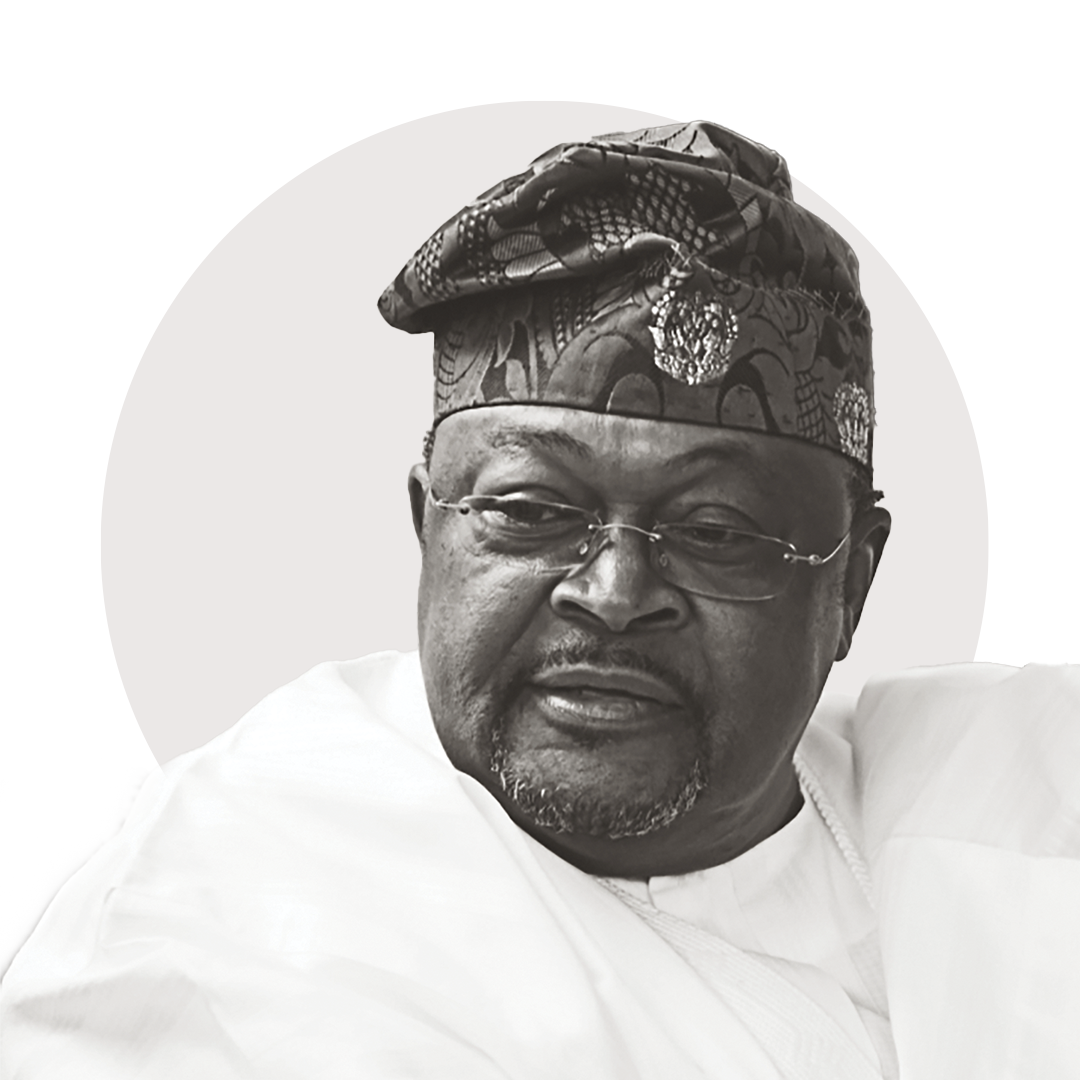In 1882, John D. Rockefeller, the world’s richest man, created the first full-service single-family office in the U.S. to manage and invest his fortune, said to be $1.4 billion ($31 billion in today’s dollars) at his death in 1937. Fast-forward 142 years, and many members of The Forbes 400 have a family office to help them manage their enormous fortunes.
But so do thousands of other American families who don’t belong to the billionaire class. At their core, family offices are a means to invest, preserve and pass on fortunes—not to build them de novo. They’re both a safety net and status symbol. “People are busy, and they want to know: ‘How are we doing? Is there anything to worry about?’ ” says Mark Rogozinski, president of Family Office Services for Chicago-based Cresset Asset Management.
Family offices are taking off for many reasons, including increasing wealth and aggressive marketing to the ordinary rich. Baby Boomers and their elders also have concerns about passing on their accumulated wealth (in aggregate, some $84 trillion) and have a desire to involve younger generations in philanthropy. On the other side, the family office providers have access to new technology that can better monitor investment performance and share financial data, making it easier for them to expand. The final impetus is tax savings—the 2017 tax overhaul, coupled with a tax court ruling that year involving the Lender family (of bagel fame), mean that investment expenses which are no longer deductible on individual tax returns can often be written off at the family office level.
It’s unclear how many single-family offices now operate in the U.S.—estimates range from 3,000 up to 7,000. But all agree that the number is growing. Deloitte conservatively estimates there will be 3,550 single-family offices in North America in 2025, up 61% from 2019. (For comparison, Forbes counted 880 billionaires in the U.S. and Canada in 2024.)
It still requires at least $100 million in investable assets (and preferably $250 million) for a single-family office to make sense, but those with as little as $25 million, or even $10 million, can find a spot with a multifamily operator if they’re ready to pay for estate, tax and charitable planning and access to alternative investments like derivatives and venture capital.
Loading...
A single-family office costs a minimum of $1 million annually (and usually more), but multi-family offices run from 0.5% to 2% of assets a year (generally, the bigger the portfolio, the lower the percentage). Sometimes there are transaction and performance fees as well. Concierge services, such as managing a client’s homes and security and travel, may cost extra. The fee structure is often negotiable and bespoke, just like the services. Some multifamily offices charge a fixed fee per year, starting at $50,000 and ranging up to $1 million for full service.
More and more people want (and can afford) such white-glove treatment. The Federal Reserve’s 2022 Survey of Consumer Finances found the richest 1% of Americans (that’s 1.3 million households) had a minimum net worth of $11 million, while the top 0.1% (133,000 households) had a net worth of at least $46 million.
The original multifamily offices were born when a single rich family invited in a handful of others to defray costs. Cresset, founded seven years ago in Chicago by two private-equity veterans to manage their own families’ wealth, is one of a new breed of registered investment advisors expanding aggressively into the multifamily business. After merging in June with The Connable Office, a 130-year-old multifamily office, it’s up to $60 billion in assets under management.
One new multifamily player, New York City’s Beatrice Advisors, is the first owned by a Black woman. It was launched in June by Christina Lewis with assets from her own family and those of her rich friends. Her father, Forbes 400 member Reginald Lewis—a Baltimore-born, Harvard-trained deal lawyer—died in 1993 at 50 from an inoperable brain tumor. Christina was just 12 then, and describes her family as being “underadvised” at his death. Beatrice is investing heavily in technology, creating digital dashboards for its clients that display a family’s whole net worth, including their investment portfolio, business assets and even intellectual property. The aim, Lewis says, is “transitioning our knowledge to the client over time, so that the client is in the driver’s seat.”
In contrast to the Lewises, the Lipitz family has had decades to work out its wealth transition. Gene Lipitz, now 58, got into the family office game in 1997. His dad, Roger C. Lipitz, now 82, had sold the company he built—Meridian Healthcare, a chain of 45 nursing homes—for $205 million in 1993. Father and son began collaborating on investments informally, but Roger became increasingly involved in civic and charitable work and suggested they formalize that partnership, with the younger Lipitz taking the investing lead. Gene first hired a multifamily office in 1997 but was dissatisfied. Ultimately, in 1999, after selling his own tax- and risk-management company to Citicorp, Gene decided to create his own office; it now manages investments for three generations with three full-time employees, outsourcing such functions as accounting. The office’s mission statement is revised regularly. Failing to do that, Gene says, is “a great way to lose buy-in from the next generation.”
Even for people with decades of business experience, starting a single-family office can be daunting, beginning with the challenge of hiring qualified staff. That work, too, is often outsourced. Kay Shah, a director in the Family Office Division at StevenDouglas, a national boutique search firm, spends her days recruiting financial pros to serve in family offices, which typically have five to 15 employees, she says.
New cloud-based platforms help professional managers track portfolio holdings and performance across asset classes, but family offices controlled by older generations still tend to lag technologically. Josh Kanter, an attorney and wealth advisor in Salt Lake City, concluded, based on his own experience, that family offices need to become more tech-centric. After his father, famed tax lawyer and trust engineer Burton Kanter (an advisor to the billionaire Pritzker family), died in 2001, Josh took over managing the family’s office. He found keeping all generations up to date on practical details difficult. For example, he says, the family will pay for tuition and health care, but only if certain guidelines are followed. The problem was that there was no single place to find that sort of information, other than sorting through the more than 275,000 files in the family Dropbox or calling him directly to ask.
His solution was to start his own software company, Leafplanner. It acts as an overlay to existing financial software like Addepar, which tracks multiasset portfolio performance, or Arch, which organizes tax documents. Leafplanner can guide family members through the process of getting answers to specific questions on everything from investment decisions to charitable giving. It can be customized for an unlimited number of users, controlling access to what information each can see. Since launching in 2022, Leafplanner has installed the software for 145 other families, Kanter says. As for his own family, he says, they no longer have to ask, “What happens if Josh is the next one to get hit by a bus?”
Loading...





















